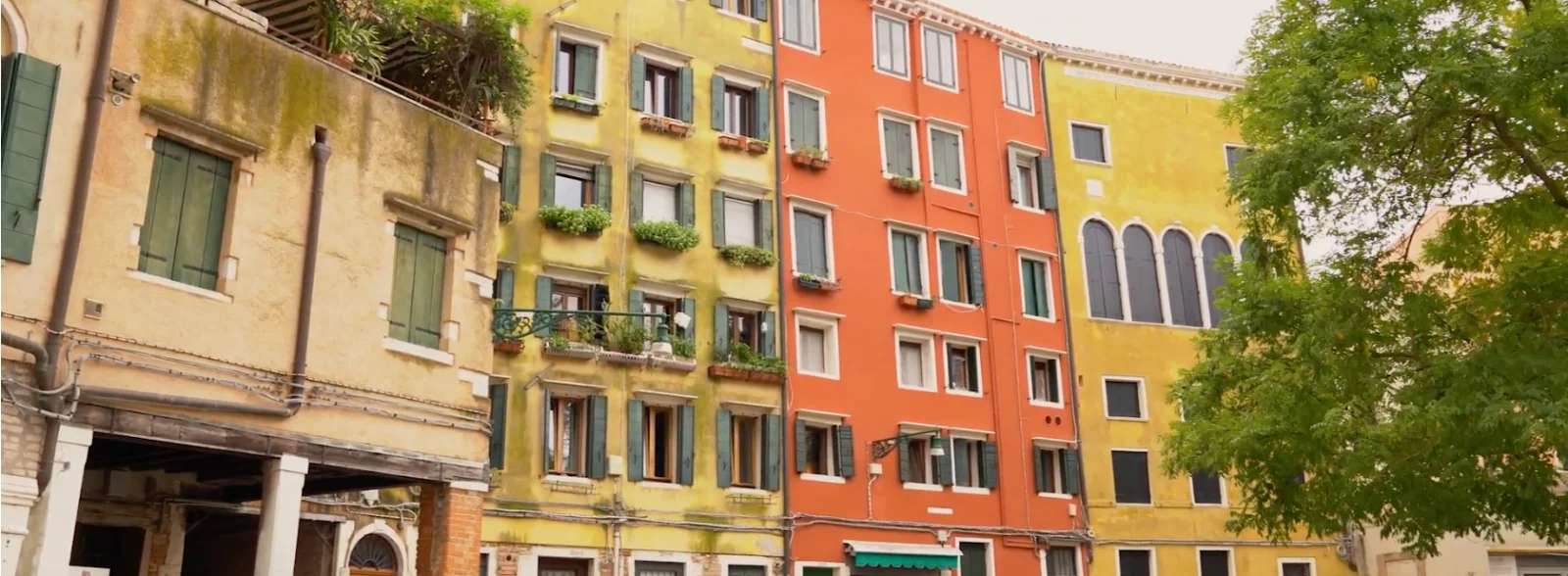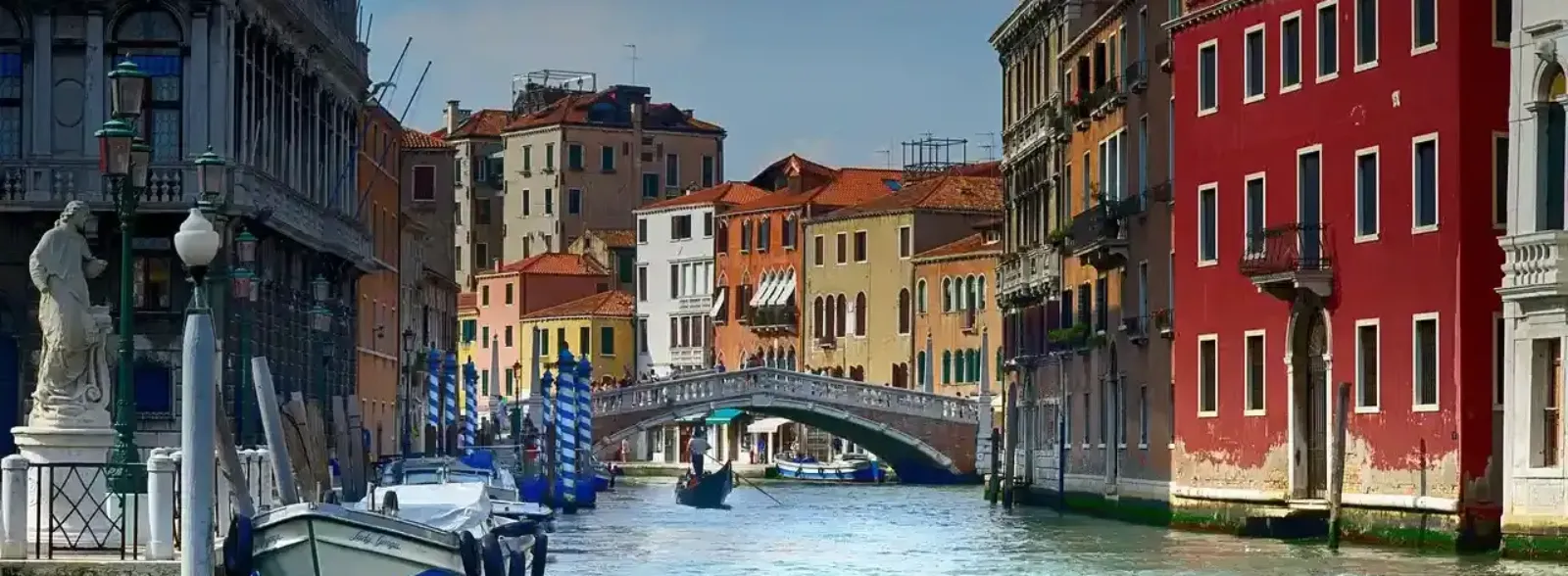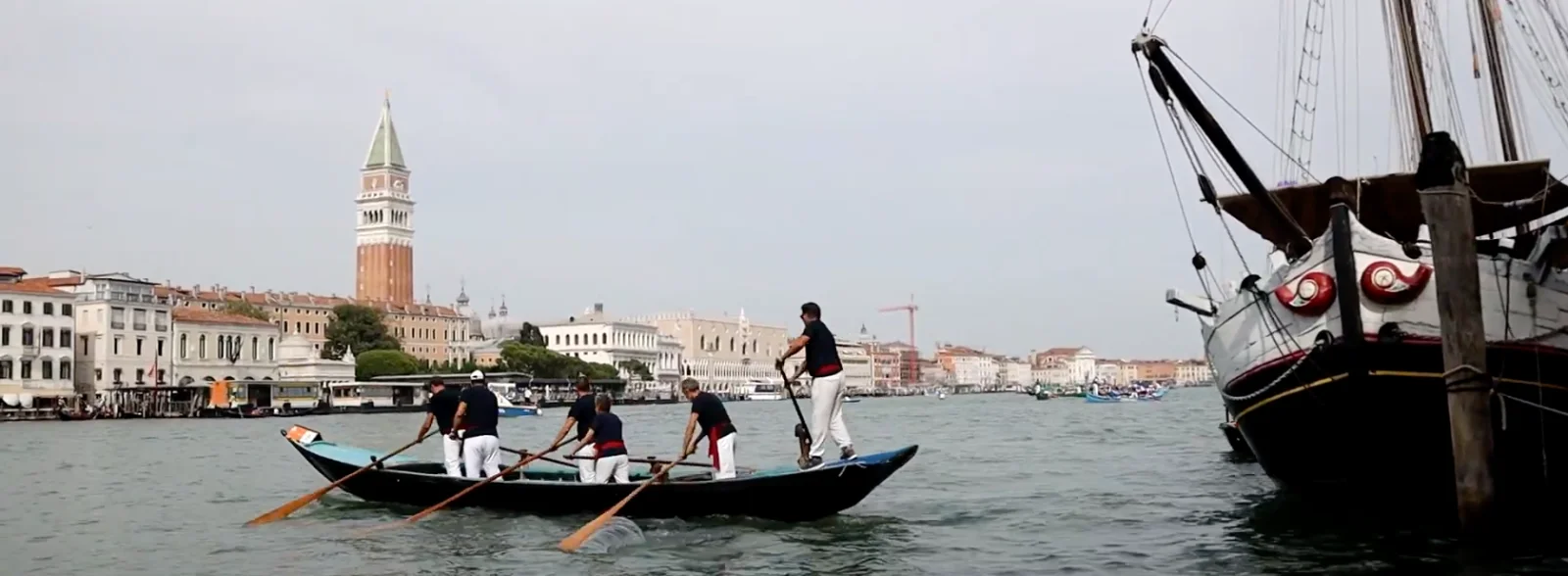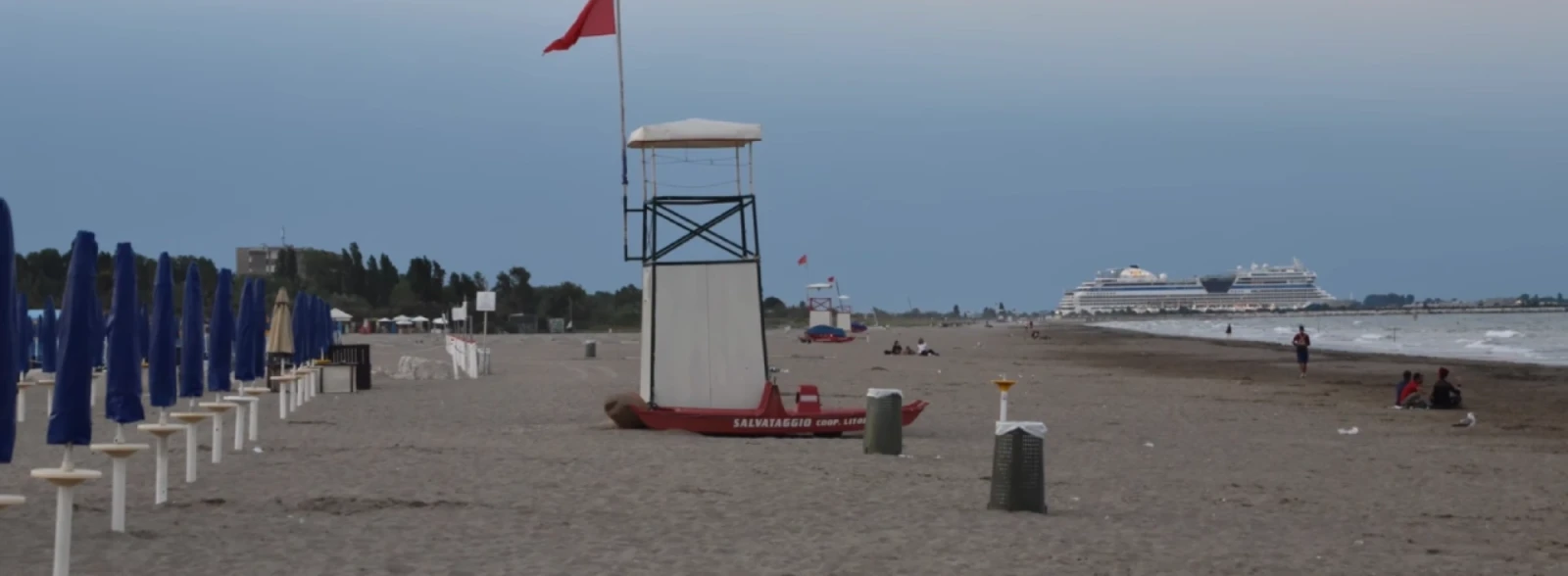Le ghetto juif de Venise: à la découverte du quartier

Le ghetto juif de Venise fut le premier véritable ghetto d’Europe – situé en plein cœur du sestiere (quartier) de Cannaregio, à seulement deux minutes de notre hôtel, cet endroit animé de la ville conserve encore aujourd’hui ses traditions religieuses et ses institutions administratives juives.
Une grande porte en bois et un sottoportego marquent l’entrée de l’un des quartiers les plus dynamiques de Venise – trois synagogues et le musée juif peuvent être visités grâce à de nombreuses visites guidées.
Si vous êtes curieux de découvrir les anecdotes qui rendent cet endroit si fascinant et mystérieux, voici toutes les informations nécessaires pour visiter le ghetto juif.
L’histoire du ghetto juif
Venise, grand centre commercial entre l’Orient et l’Occident, a toujours été une ville où différentes communautés culturelles ont cohabité pacifiquement pendant des siècles. Dès le XIe siècle, une importante communauté juive s’est installée dans la ville, et la République de Venise a jugé nécessaire de définir un décret pour organiser leur présence.
En 1516, la Sérénissime obligea les Juifs à vivre dans une zone spécifique de la ville: un quartier où se trouvaient autrefois des fonderies, appelées en vénitien « géto », donnant ainsi naissance au terme « ghetto » pour désigner les quartiers juifs.
Ce ghetto était fermé la nuit, et des patrouilles de chrétiens vénitiens surveillaient les environs pour prévenir d’éventuelles attaques nocturnes.
Que visiter dans le ghetto juif
L’itinéraire idéal comprend la visite des synagogues (schole), du musée juif et une promenade dans les petites calli entourant le ghetto. Nous vous conseillons d’acheter le billet à 12 euros, qui donne accès à trois des cinq synagogues, ainsi qu’au musée juif.
Le petit mais riche musée juif, fondé en 1954, conserve d’importants objets en orfèvrerie et en textile, témoignant de la présence marquante de cette communauté.
Les synagogues, véritables âmes du ghetto, ont été construites aux derniers étages des bâtiments existants du ghetto novo. De l’extérieur, il est difficile de les identifier, mais une fois à l’intérieur, elles révèlent de magnifiques surprises.
Les plus anciennes, la Grande Schola Allemande, la Schola Italienne et la Schola Canton, se trouvent dans le ghetto novo (« Nouveau Ghetto« ), tandis que la Schola Espagnole et la Schola Levantine sont situées dans le ghetto vecio (« Vieux Ghetto« ).
Nous vous recommandons d’observer attentivement les bâtiments: ceux possédant cinq fenêtres bien alignées (en référence aux cinq livres de la Torah, le livre sacré juif) sont les synagogues.
Le ghetto juif: ce que vous ignorez
En vous promenant sur le Campo del Ghetto Novo, vous remarquerez la présence de trois monts-de-piété: le rouge, le vert et le noir. Ces noms proviendraient de la couleur des reçus donnés.
La Sérénissime obligeait les Juifs à gérer ces institutions financières, en échange du droit de pratiquer leur foi librement et de bénéficier de protection en cas de guerre.
Toutefois, la République fixait un taux d’intérêt maximal et interdisait aux Juifs d’accepter en gage des armes ou des objets de culte religieux.
Si vous avez entendu parler des usuriers vénitiens, sachez que le ghetto juif de Venise a servi d’inspiration au célèbre film The Merchant of Venice (2004), basé sur la pièce de William Shakespeare.
L’acteur Al Pacino, qui interprète Shylock, le célèbre usurier juif vénitien, a assisté à la 61e édition de la Mostra de Venise, où le film a été projeté pour la première fois.
En parlant de gastronomie, saviez-vous que l’un des plats les plus typiques de Venise, les sardines in saor, vient de la tradition juive? Ces délicieuses sardines frites, assaisonnées d’oignons marinés, de pignons de pin et de raisins secs, ne font pas partie de la cuisine vénitienne traditionnelle, mais bien du patrimoine culinaire juif.
Dans le quartier, plusieurs restaurants et boulangeries cachères vous permettront de goûter à ces saveurs authentiques.


